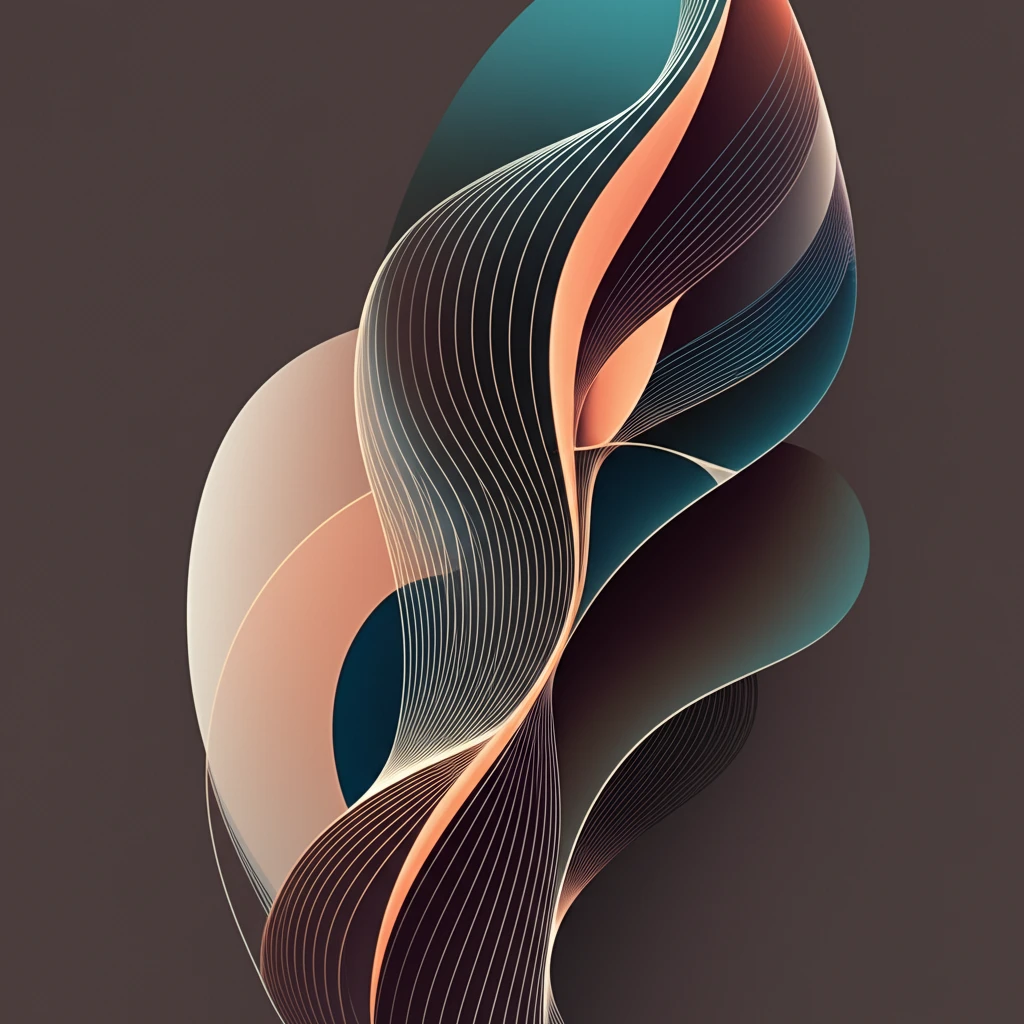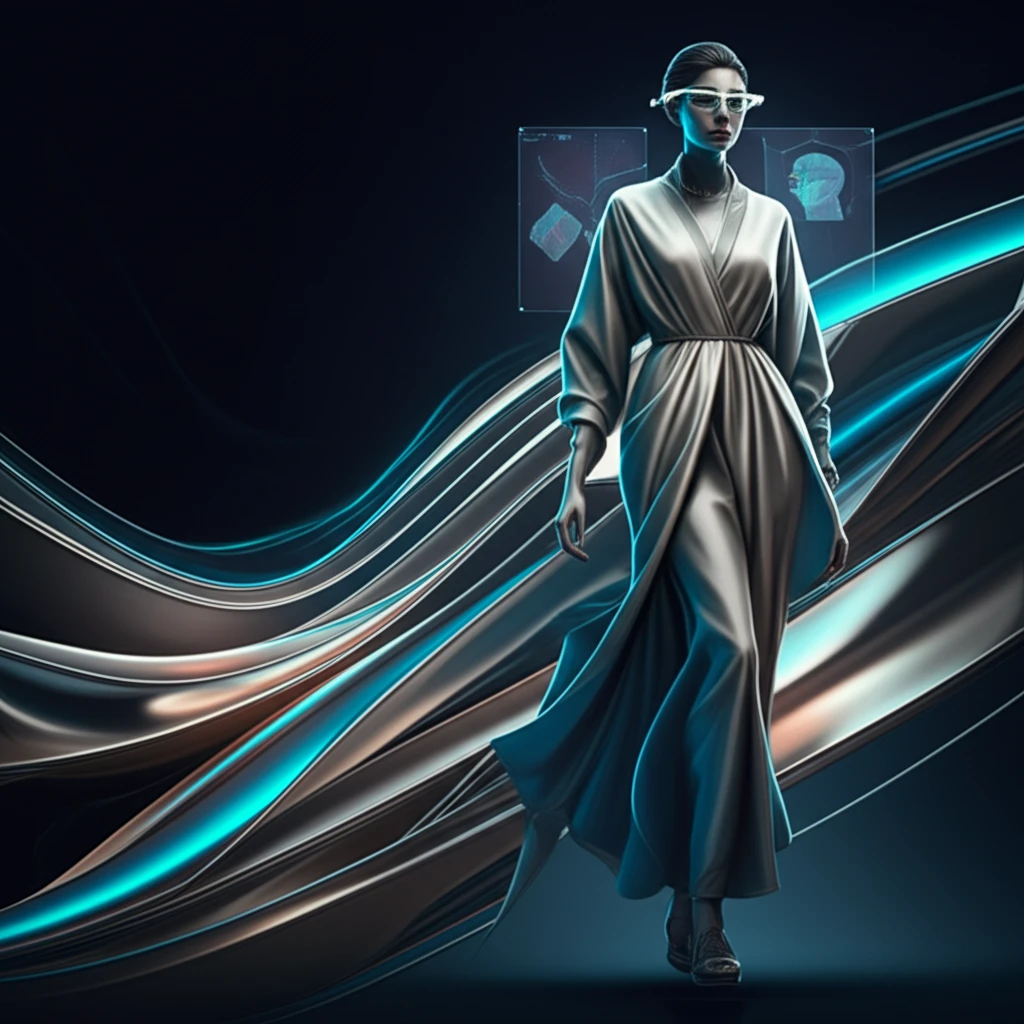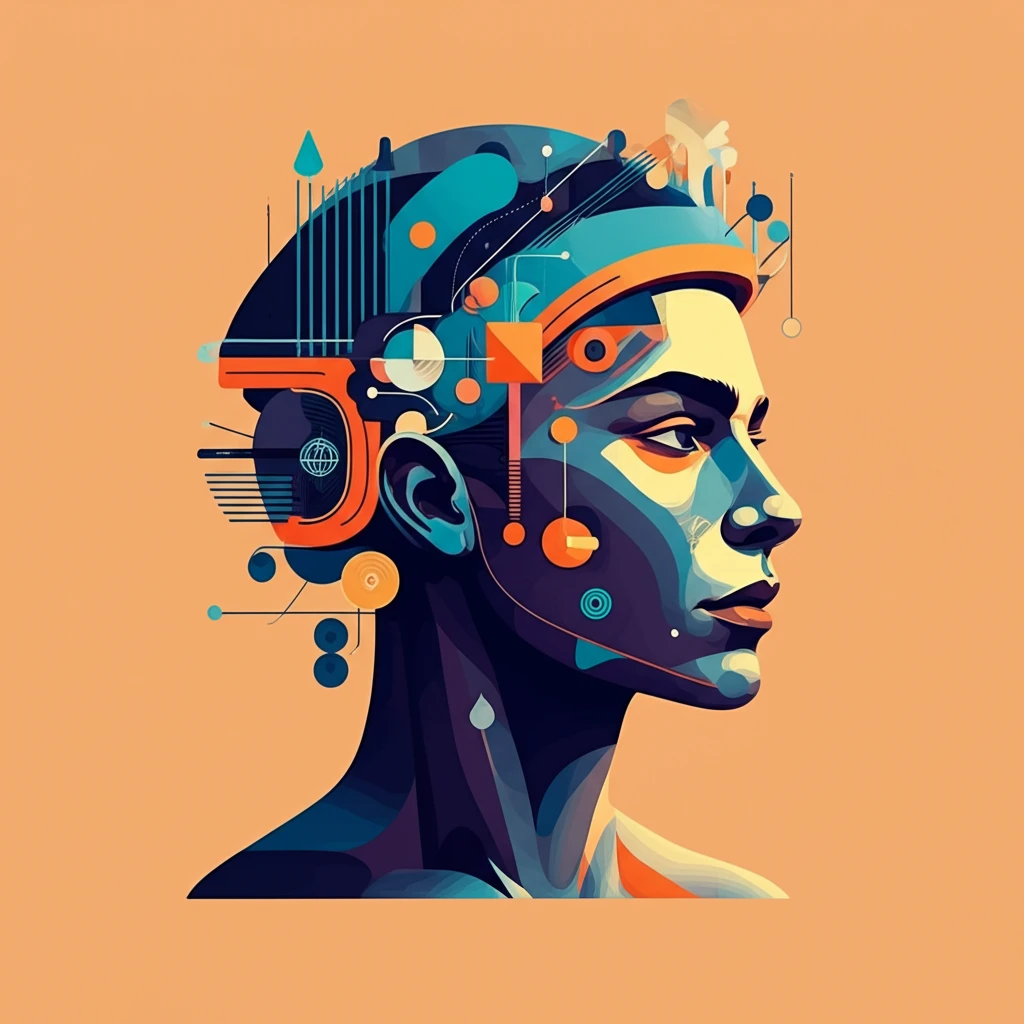Top 6 Designer Profile Trends for 2025: Shaping the Future of Fashion
The fashion landscape is a dynamic canvas, constantly repainted by innovative minds. As we step closer to 2025, the profiles of leading designers are evolving, reflecting significant shifts in technology, sustainability, and consumer values. Understanding these trends isn't just about predicting what's 'in'; it's about recognizing the forces that will shape the industry for years to come. From ethical sourcing to digital frontiers, here are the top 6 designer profile trends poised to dominate 2025.
1. The Eco-Conscious Innovator: Prioritizing Sustainability
Sustainability is no longer a niche; it's a fundamental pillar. In 2025, leading designer profiles will be synonymous with deep commitment to ecological responsibility. This trend moves beyond simple buzzwords, focusing on tangible actions: utilizing upcycled materials, pioneering bio-based fabrics, implementing circular design principles, and ensuring ethical supply chains. Designers like Stella McCartney and Gabriela Hearst have long championed this path, but in 2025, expect this to be a baseline expectation for any influential designer.
Practical Tip:
Aspiring designers should integrate sustainability from concept to creation. Research innovative materials, understand supply chain transparency, and explore certifications. Showcase your commitment explicitly in your brand story.
2. The Digital Artisan: Mastering Virtual & Physical Realms
The metaverse, NFTs, and virtual fashion are no longer experimental concepts but integral components of a designer's toolkit. The 'Digital Artisan' embraces technology to create garments that exist purely in digital spaces, enhance physical pieces with augmented reality, or even sell virtual collectibles. Balenciaga's forays into gaming and the rise of digital-only fashion houses like The Fabricant exemplify this trend. These designers are fluent in both code and couture, blurring the lines between the digital and tangible.
Practical Tip:
Experiment with 3D design software (e.g., Clo3D, Marvelous Designer), explore NFT creation platforms, and consider how AR filters can enhance your collections. Digital presence is as crucial as physical presentation.
3. The Inclusivity Champion: Designing for Every Body
2025 will further cement inclusivity as a core tenet of influential designer profiles. This trend is about more than just extended sizing; it encompasses designing for diverse body types, abilities, gender identities, and cultural backgrounds. Designers like Chromat have led the way with adaptive fashion and body-positive campaigns. The Inclusivity Champion creates collections that genuinely represent the rich tapestry of humanity, fostering a sense of belonging and empowerment for all consumers.
Practical Tip:
Challenge traditional sizing charts. Work with diverse fit models. Research adaptive design principles to cater to a wider range of physical needs. Ensure your marketing and imagery reflect genuine diversity.
4. The Heritage Reimaginer: Blending Tradition with Modernity
Amidst rapid innovation, there's a strong pull towards heritage, craftsmanship, and storytelling. The 'Heritage Reimaginer' delves into artisanal techniques, historical garments, and cultural narratives, infusing them with a contemporary sensibility. Loewe under Jonathan Anderson, with its celebration of craft, or Bode's use of vintage textiles, are prime examples. These designers offer a sense of timelessness and authenticity, appealing to consumers seeking depth and unique provenance in their purchases.
Practical Tip:
Research traditional textile techniques, local crafts, and historical fashion silhouettes. Find ways to incorporate these elements into modern designs without losing their essence. Collaborate with artisans if possible.
5. The Community Builder: Fostering Engagement and Co-creation
The traditional top-down model of fashion is being disrupted by a more collaborative, community-driven approach. The 'Community Builder' designer actively engages with their audience, inviting feedback, and sometimes even co-creating products. Brands like Telfar have built cult followings by prioritizing accessibility and direct engagement. This trend emphasizes transparency, authenticity, and a shared vision between the designer and their consumer base, moving beyond mere transactions to meaningful relationships.
Practical Tip:
Utilize social media for interactive engagement. Host design challenges or polls. Create exclusive communities for loyal customers. Be responsive to feedback and consider limited-edition co-created pieces.
6. The Authenticity Advocate: Personal Branding & Storytelling
In an increasingly saturated market, a strong, authentic personal brand is paramount. The 'Authenticity Advocate' designer shares their journey, values, and creative process transparently. Their personal story becomes an integral part of their brand identity, resonating deeply with consumers who seek genuine connections. This isn't about celebrity endorsement but about the designer themselves being the compelling narrative behind their work, fostering trust and loyalty through their unique voice and vision.
Practical Tip:
Cultivate a strong personal narrative. Share your inspiration, challenges, and triumphs. Use your social media and website to tell your story in a genuine way. Let your personality shine through your designs and brand communication.
Conclusion
The designer profiles of 2025 are not just about creating beautiful clothes; they are about leading with purpose, embracing innovation, fostering inclusivity, and building meaningful connections. By focusing on these six key trends – sustainability, digital mastery, inclusivity, heritage reimagination, community building, and authentic personal branding – designers can not only stay relevant but also redefine the future of fashion. For aspiring talents, integrating these principles will be crucial for making a significant and lasting impact.




